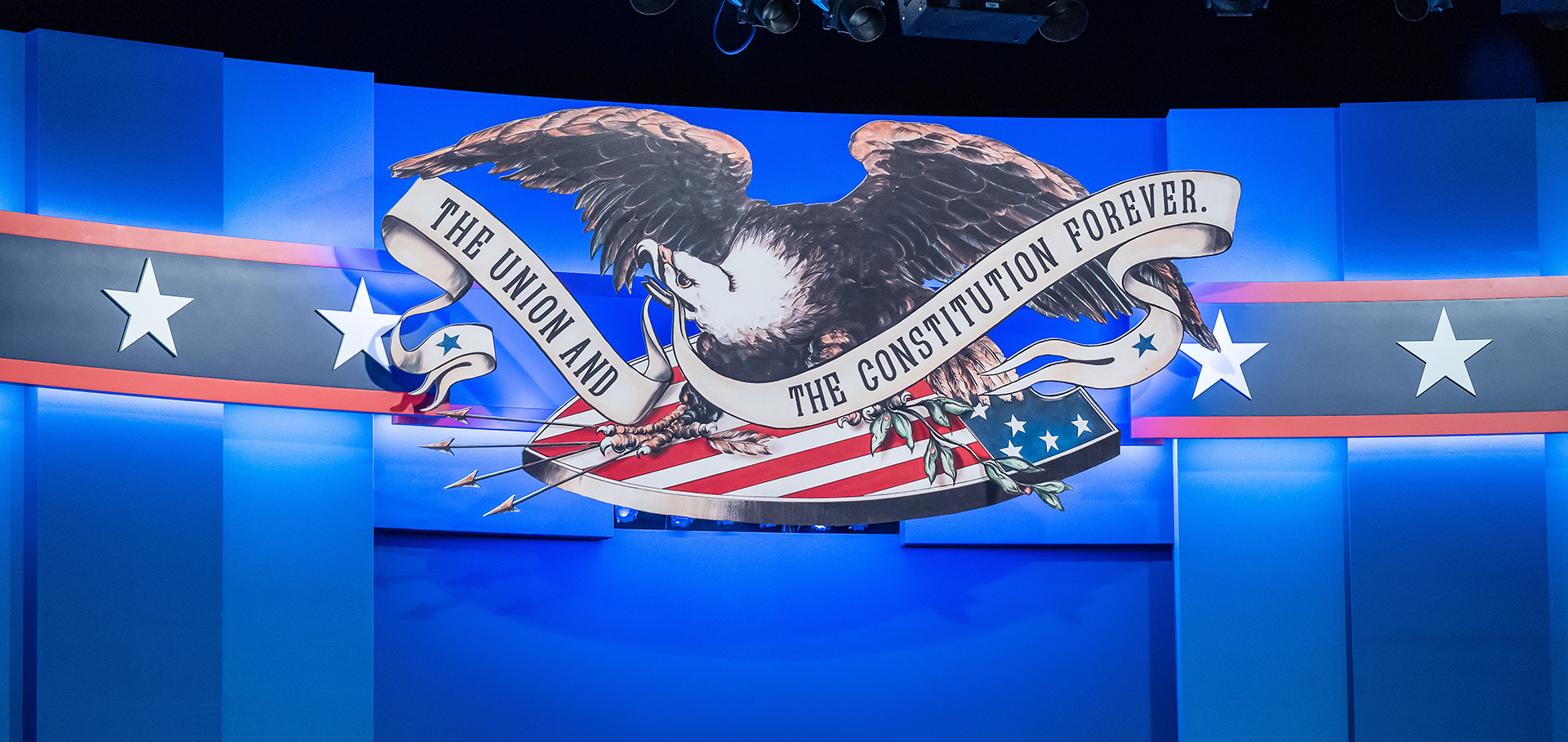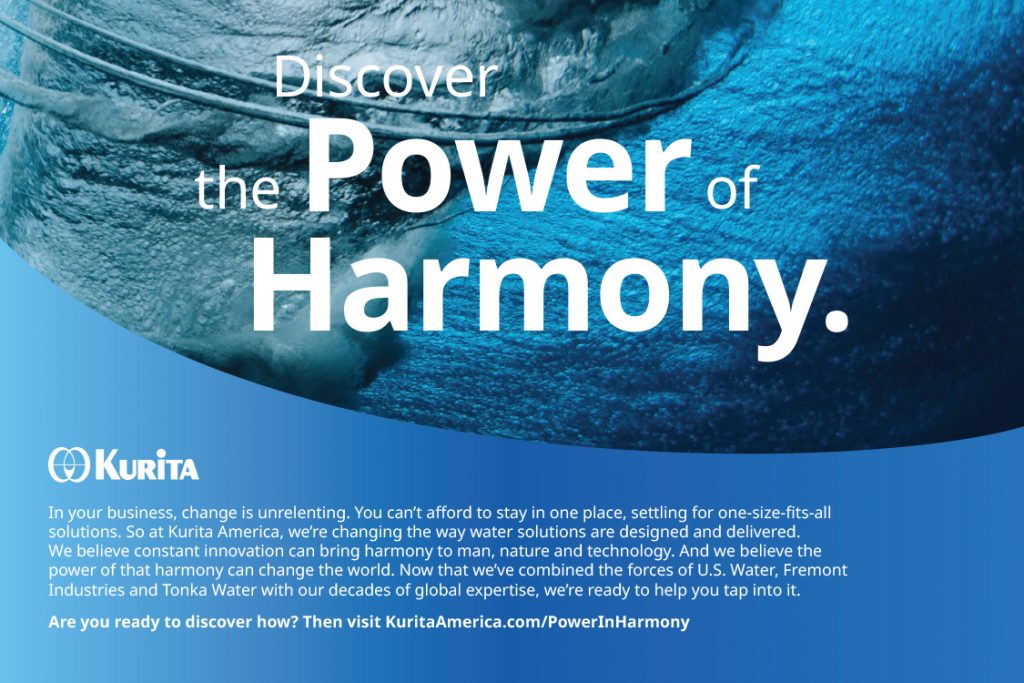They happen only every four years: presidential and vice-presidential debates. This year, three debates were held on university campuses: Donald Trump-Joe Biden at Case Western Reserve University (CWRU) on September 29 in Cleveland, Ohio; Mike Pence-Kamala Harris at the University of Utah in Salt Lake City on October 7; and Donald Trump-Joe Biden at Belmont University in Nashville, Tennessee on October 22.
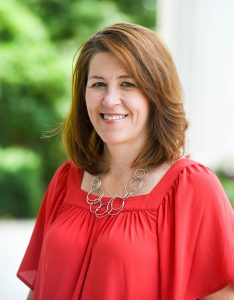
April Hefner, Belmont University
Running a campus is hard enough as it is, especially in the Age of COVID-19—now add the level of preparation it takes for a nationally televised debate, including security, and it creates an eye-popping schedule that requires incredible teamwork, communication, and attention to detail. There is also the added pressure of making sure everything goes right because of “the attention and opportunities a presidential debate brings to our campus and to our students,” says April Hefner, director of public relations and marketing content for Belmont University.
Planning, Lists, and Lots of To-Dos
Pulling off a flawless national presidential debate requires dedicated collaboration at all levels. At CWRU, the facilities management (FM) department had just finished restoring the debate building from its temporary use as a 1,000-bed COVID-19 surge hospital when the university was notified on August 3 that it was going to host the event. Construction/deconstruction activities for the debate started September 19 and ended October 3.
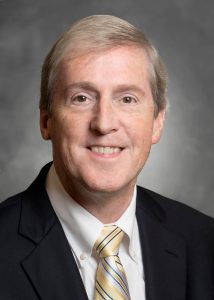
Stephen Campbell, Case Western Reserve University
Building operations (custodial, HVAC, furniture relocation, scheduling) were handled by on-site staff from Coldwell Banker Richard Ellis (CBRE), the preexisting outsourced building manager for the Health Education Campus. Limited event preparations (including installation of a plywood subfloor under the stage to protect the granite flooring, signage, and planning) and event health advisory services related to coronavirus were provided by Cleveland Clinic (CC) staff. The majority of event vendors (rigging, construction, equipment rentals, audio/visual, banners, lighting, and temporary infrastructure) were engaged directly by the Commission on Presidential Debates.
CWRU’s IT staff took the lead in installing a separate data network for the debate; CWRU and CC staff managed marketing and communications, security, parking, transportation, and site logistics. “Because of this shared approach, the workload was manageable but at times chaotic regarding consistent communication and coordination among the multiple parties,” says Stephen M. Campbell, CWRU’s senior vice president for campus planning and facilities management. “All of these activities were happening concurrently due to the fast-tracked nature of the limited period we had to prepare for the event.”
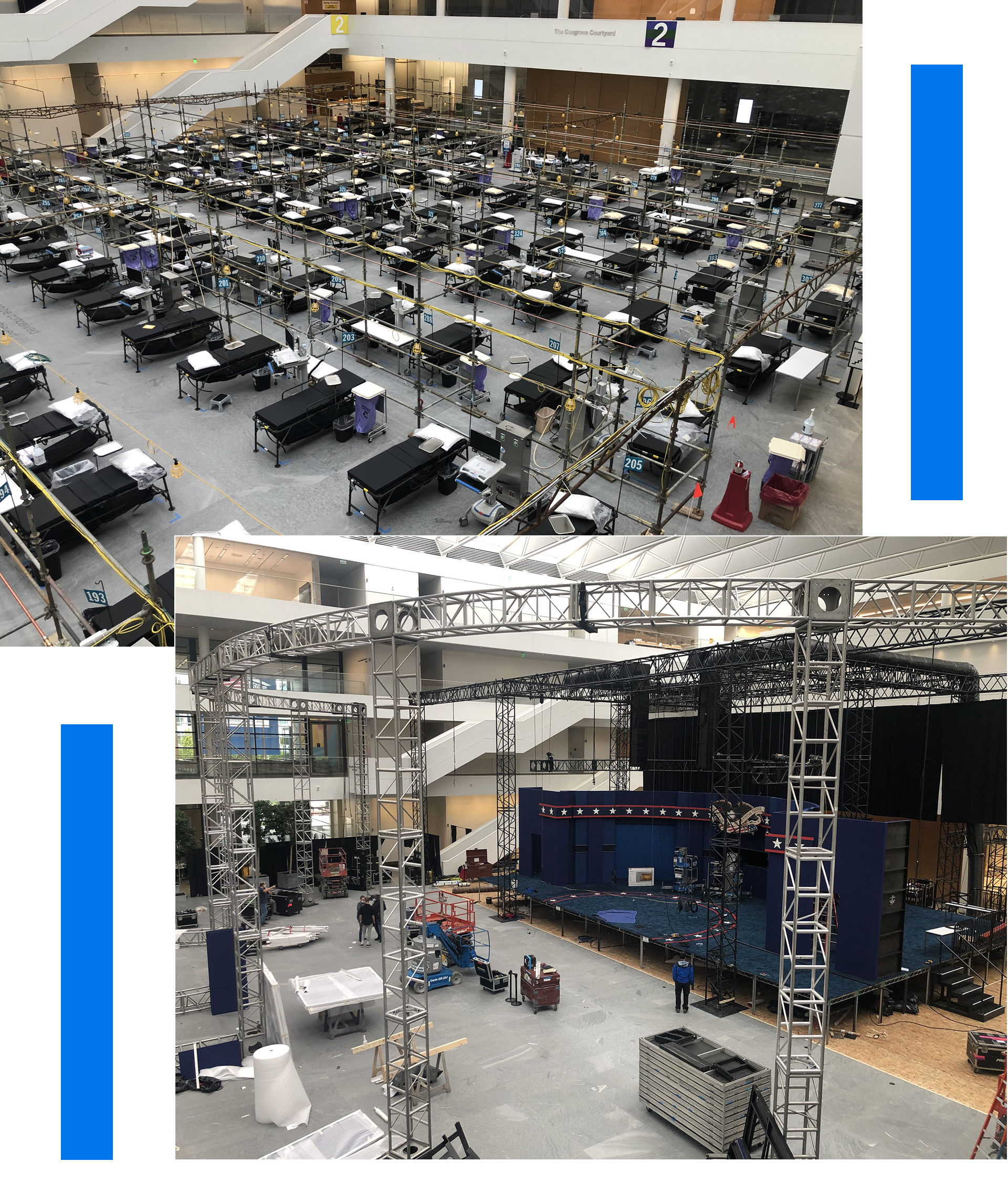
Top: Case Western’s event atrium in April 2020 as a 1,000-bed COVID-19 surge hospital. Bottom: The same space under construction for the first Presidential Debate. (Photos by Stephen Campbell/CWRU)
- Other tasks that the CWRU teams accomplished in the two-month preparation period included:
- Constructing a nearby media center for 200-plus reporters
- Incorporating and managing COVID-19 protocols for debate workers and attendees
- Relocating 300 faculty/staff permit holders from the adjacent garage
- Developing a logistics plan to maintain safe separation of event-construction activities
- Shifting affected onsite classes to remote instruction
- Erecting a free-standing stage, audio/visual infrastructure, and media platforms
- Clearing and refurnishing support spaces for each delegation and the Commission on Presidential Debates
- Rental/installation of generators to provide full backup power in case of an outage
- Supplemental package air conditioners ducted above each candidate’s podium to prevent sweating (a problem during the Nixon/Kennedy debate)
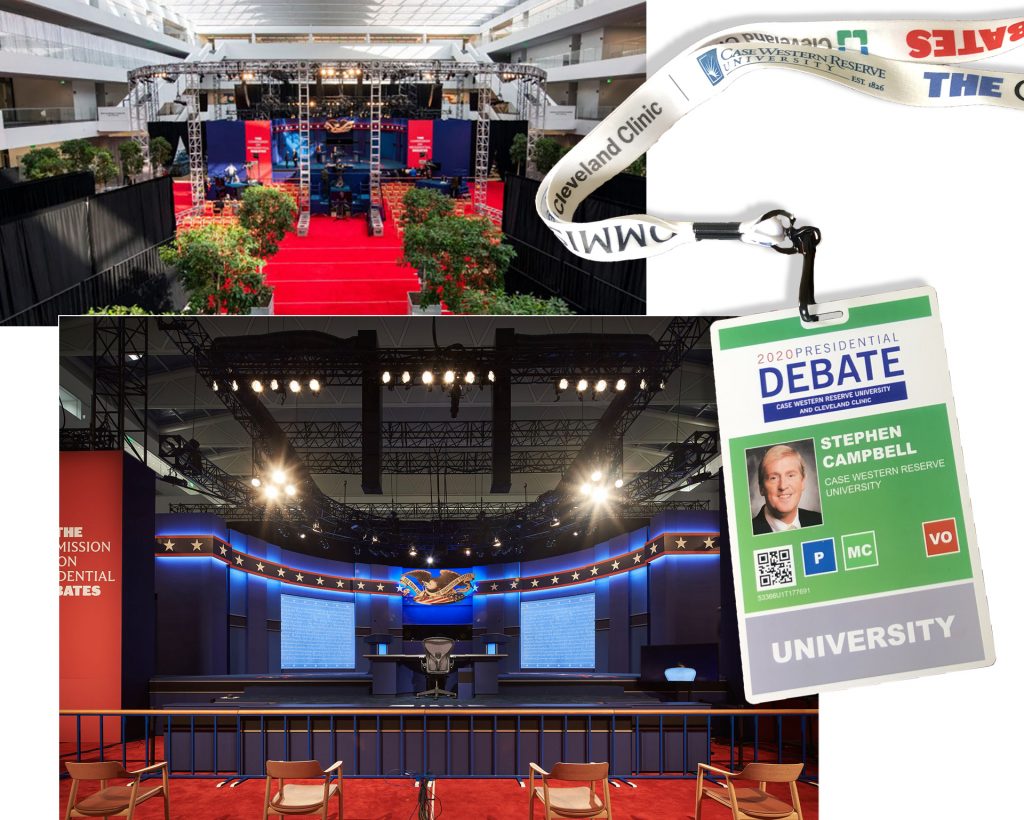
The debate stage at Case Western Reserve. (Photos by Stephen Campbell/CWRU)
More Time, Same Goals
In contrast to the short notice given to CWRU, both the University of Utah and Belmont University were notified in October 2019 that they would be hosting debates, giving them about a year to prepare. The University of Utah created a debate steering committee, facilities working group, and debate logistics group in June 2020 and initiated biweekly meetings. These teams comprised all aspects of campus leadership, facilities personnel, marketing, University of Utah Health, and security and events planning personnel.
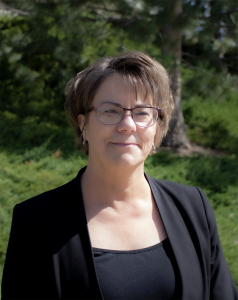
Lori Kaczka, University of Utah
“Primary focuses were the selection and contracting of vendors to supply temporary power, media stages inside the debate hall, media stages outside the debate hall, fencing, and various tents for media and catering,” says Lori Kaczka, architectural project manager for the Planning, Design, and Construction department. “Collaboration of vendors with campus and community partners and scheduling became the driver for the success of the event, literally down to which vendor would arrive on which date and at which hour, and how their scope of work would be integrated into the event planning.”
Beginning in August, most committee meetings were held at least weekly to ensure coordination of all entities involved across campus and the community. The facilities department was preparing for new COVID-19 protocols that integrated social distancing, mechanical renovations, and a hybrid class schedule for the start of classes during the third week of August.
In the first week of September, the media center tent was installed. Due to COVID-19 and social distancing measures, the tent was downscaled to seat no more than 200 media members in a 14,000-sq.-ft. tent. By mid-September, additional vendors erected outdoor media platforms, constructed media stages inside the debate hall, and installed fencing for the outer perimeter and secured perimeter.
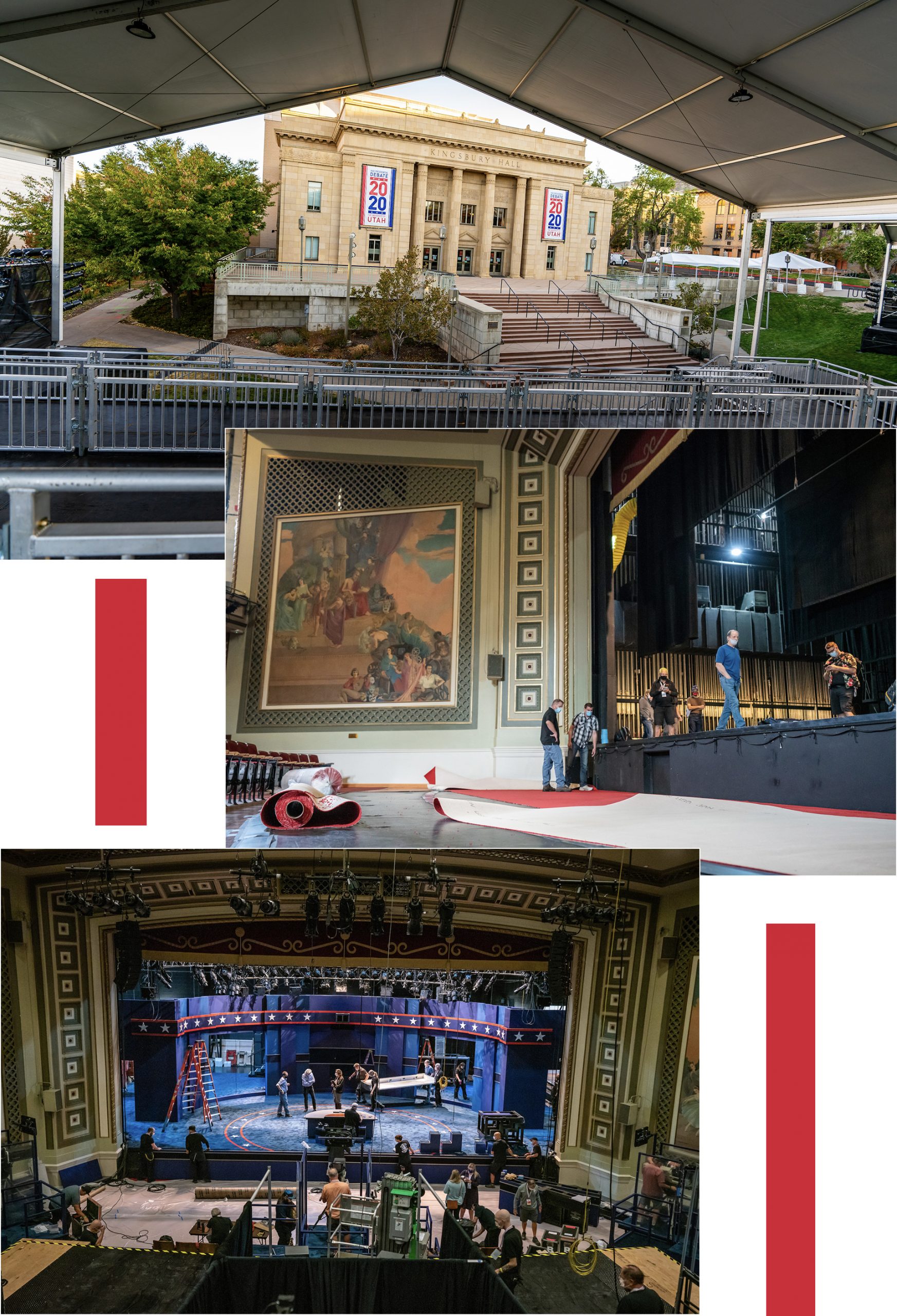
Top photo: University of Utah’s Kingsbury Hall debate venue exterior with media pavilion and standups. Center: Debate venue New Deal-era stage painting. Bottom: Kingsbury Hall stage build. (Photos by Dave Titensor/University of Utah)
“One-hundred wireless access points were deployed to support the event,” Kaczka adds. “We used 200,000 feet of fiber cable, over a million feet of existing glass fiber, and 600 runs of Cat 6 cable totaling 180,000 feet of copper.”
Similarly, at Belmont University, planning and execution in all these areas was carried out with varying degrees of intensity, beginning with the announcement in October 2019 and up through the last week prior to the debate. Tasks involved:
-
- Security (campus, community, cyber)
- Planning for educational programming and special events around the debate
- Overall marketing and promotion
- Engaging the community and city of Nashville
- Campus communication and engagement
- Parking/transportation needs
- Credentialing
- Volunteers
- Fundraising and sponsorships
- Documenting and archiving the event
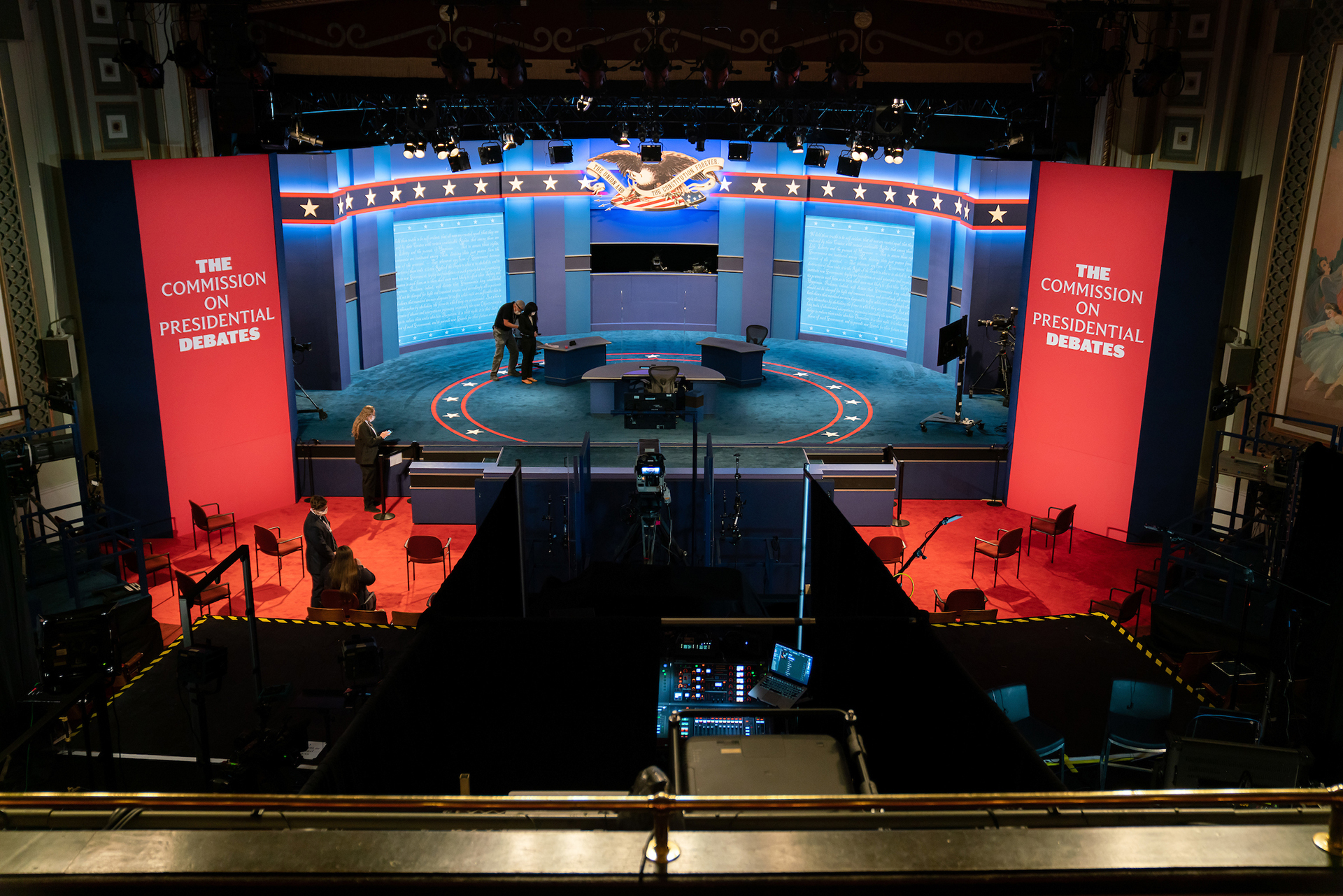
University of Utah’s stage build for the Vice Presidential debate. (Photo by Dave Titensor/University of Utah)
“Of course, the one key thing that unexpectedly impacted all our planning was COVID-19,” says Hefner. “The pandemic greatly affected our approach to space/event/facilities logistics for the debate itself, as well as how we ensured the needs of the candidates, the campaigns, the Commission on Presidential Debates, and the media.”
Advertisement
Article continues below
Pandemic, Windstorms, and Earthquakes
COVID-19 forced the universities to adjust their debate plans on many fronts, from moving all educational programming online to reimagining spaces across the debate footprint to account for social distancing and testing and screening protocols for the virus. “The intensity and level of detail this added to every layer of the debate structure cannot be overstated,” says Hefner. “Thankfully, we had great partners in this endeavor, particularly HCA Healthcare as our local health advisor, the Nashville Public Health Department, and the Cleveland Clinic as the global health advisor. Together, they helped us determine the necessary protocols for keeping the campus and debate guests safe. The pandemic did, however, force us to be creative on a variety of fronts.”
“When COVID-19 came to the forefront, things changed dramatically, and as we got closer to the date of the event, almost daily,” adds Kaczka. “The biggest challenge was that nothing was tangible. We were constantly adjusting to allowable numbers, changing guidelines, and navigating testing protocols.”
The University of Utah’s primary objective in soliciting the 2020 debate was student engagement and academics. COVID-19 changed the way campus classes were implemented and therefore how the university would manage the engagement while still maintaining protocols for safety across campus and the community. “Due to the intangibles, we were forced to have a fallback option of going virtual at any point in the process, while still delivering the most effective event given the goals of the Commission on Presidential Debates, the state of Utah, the university, and the community,” says Kaczka.
And, as if the pandemic was not enough, in March 2020 the University of Utah campus was rocked by a 5.7-magnitude earthquake. FM staff had to take time to assess the structural integrity of the historic buildings and debate venue buildings on campus, which were mostly undamaged. Then, just weeks before the debate, 112-mile-per-hour winds howled across the campus, uprooting over 100 trees and scattering debris across the university. “Cleanup of this windstorm presented additional challenges for our time-challenged staff,” states Kaczka.
Keeping the Candidates Safe
Perhaps the greatest concern for all FM managers was maintaining the safety of the community, campus, students, attendees, and staff involved in the debates, especially considering the volatility of the current political climate. “We were optimistic that the debate would be uneventful from a public safety perspective, but also had to be ready for any contingency,” says Kaczka. “We made sure to have a significant law enforcement presence on campus during the week of and during the event,” she adds. A detailed security plan was implemented that included campus safety; local, state, and federal officials; and guidance from the Salt Lake City Police Department, the State of Utah Department of Public Safety, the Utah Highway Patrol, and the U.S. Secret Service.
CWRU coordinated security with the Cleveland Clinic, the Cleveland Police Department, the Commission on Presidential Debates, and the U.S. Secret Service. This included physical security (of the building, inner perimeter, and outer perimeter) and cybersecurity (a separate network for the debate, heightened monitoring, and mitigation of any threats to the university and hospital networks). “The Commission on Presidential Debates worked directly with each campaign’s delegation regarding onsite requirements, and relayed space and amenity requirements to us for approval and implementation,” says Campbell.
Social media was monitored for threats, and law enforcement was prepared to identify and respond to any demonstrations or protests organized by local and outside groups. As part of that preparation, a bomb-sniffing dog was used to “clear” building materials prior to the construction of the stage infrastructure. “Members of the local and national branches of the Secret Service were involved from the outset in the security planning for the event,” says Campbell. “Secret Service staff were present during the construction of the event infrastructure and were in charge of inner-perimeter site security in the days leading up to the event. We negotiated standards and requests along the way, although the Secret Service generally did not compromise.”
The University of Utah teams also worked collaboratively with the U.S. Secret Service, which was actively involved in the planning from the moment the university was awarded the debate. Secret Service staff partnered with campus, local, and state law enforcement until the debate was over. “It was truly an honor and a privilege to work with the Secret Service,” states Kaczka. “The professionalism with which they all performed their duties, especially in these challenging times, was incredible.”
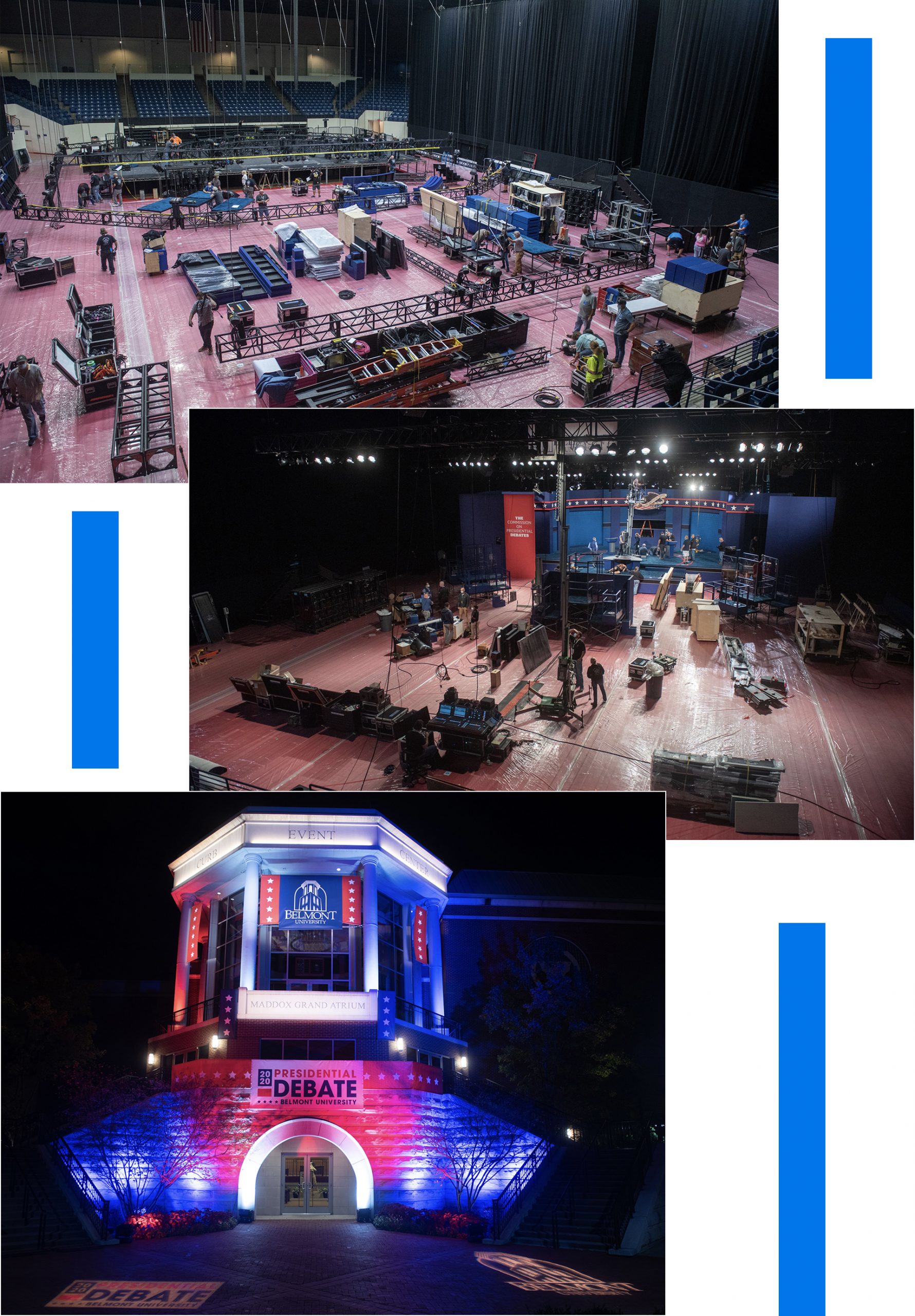
Top and middle photos: Workers install flooring, walls, and staging for the final Presidential Debate at Belmont University. Bottom: Exterior of Belmont’s Curb Event Center. (Photos by Sam Simpkins/Belmont University)
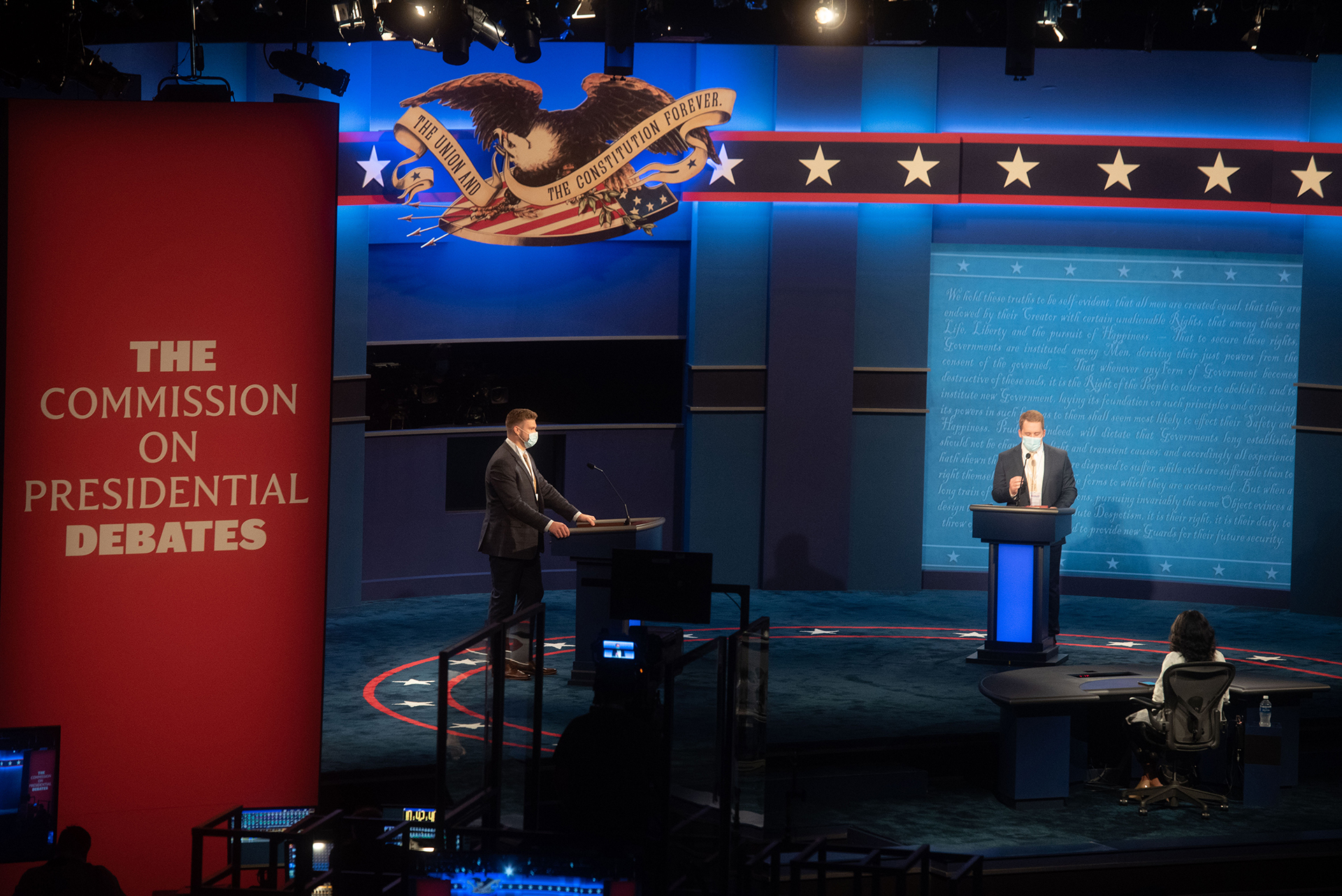
Belmont students fill in for the candidates during a sound a light check in the Curb Event Center. (Photo by Sam Simpkins/Belmont University).
Parting Thoughts
It is a rare opportunity to be able to prepare a university for a historic event on national television. As incredibly organized as all the FM teams were, they often scrambled to respond to sudden changes in planning or vendor needs.
“For example, there was continuous change in the scope of the requests and the timeline proposed by the Commission on Presidential Debates,” says CWRU’s Campbell. “Also, when we were being solicited as a debate site, the representative from the Commission on Presidential Debates described a 7-day period of site disruption needed for event set-up and breakdown. In reality, we experienced a 15-day period of disruption to onsite academic activities. Despite this, we carried off the event safely for all involved, including campus constituents, guests, and the surrounding community.”
Perhaps the biggest realization for all the team leaders was the magnitude of the planning required for a 90-minute event, along with the need to respond quickly and effectively to the many changes and pivots that occurred along the way.
“I did not anticipate the involvement required by so many people for the success of the event,” says Utah’s Kaczka. “COVID-19 added another dimension that was almost insurmountable, due to the ever-changing challenges surrounding the virus and safety concerns. Given the earthquake, windstorm, and pandemic, there was really no way to prepare, except to know that we had a stellar, collaborative team dedicated to doing whatever it took to make the process successful.”
For Hefner, the most exciting aspect was being part of a historical event on Belmont’s campus that also provided students with a compelling learning experience about U.S. politics. “I’m particularly grateful to see how much our student volunteers learned from this rare experience,” she says.
Her advice for other schools that may host presidential debates in the future?
“Be ready for anything and enjoy every moment,” says Hefner. “Regardless of where you fall on the political spectrum, there is nothing quite like having such a front-row view to history.”
Mark Crawford is a freelance writer based in Corrales, NM. He can be reached at [email protected].
